1. Migration of salmon:
Migration of salmon is one of the largest migrations experienced by the Earth and is always full of surprises for all students. Generates salmon in fresh water rivers and after months of graduating from the eggs migrate to the sea, which remain there until up to the age of puberty, and here begins the journey back to the freshwater where I was born in order to create a new generation of salmon and during this trip should swim in against the direction of the water stream with maneuvers to escape from predators waiting for their presence and the fact that scientists do not yet know how salmon can see the place where he was born after the migration.
2. The migration of whales:
Whales live most of her life near the cold water near the poles, but travels thousands of miles later in search of warm water to put their offspring. Travel whales during their migration speed of 15 kilometers per hour on average. Begin the migration of whales between September and October and the start of migration of male action followed by pregnant females and young whales finally followed Under this herd in the warm waters of three to four months and begin the return trip in March.
3. The migration of butterflies:
We talked earlier about the migration of butterflies in spite of its small size, but each year he travels a distance of not less than 4000 kilometers of forests southern Canada and the northern United States down to Mexico. This migration occurs between August and October in search of warm weather, and this migration takes between eight to nine months.
4. Alaska seals:
Alaska seals migrate to the warm waters of the South Pacific seat Banat herd. Once it reaches the warm waters of females to lay their offspring and the remaining female offspring of the next two to three months before returning to the cold water in the north of Alaska in order to restore the reproductive cycle again until there are some males do not migrate, but waiting for the return of the female.
5. African sardines:
Scientists consider the migration of sardines African migration to the type of the most important on the ground in terms of the large number who involving this phenomenon occurs every year in the spring, South Africa. Targeting immigration warm water in order to feed and reproduce. Up the distance traveled by the sardines into the shallows to 20 km does not exceed a depth of 50 meters.
6. Cranes sand Canadian "Canadian sandhill cranes":
This type of live birds in wet land in Albert in Canada and the immigration annually between the months of November and December They fly on a journey to stop in Nebraska some time in America, then fly to the north of Mexico, a distance of up to 3,600 km for breeding and feeding. Birds migrate in large numbers of up to 600,000 individual of the herd are usually a source of amusement for tourists on the banks of the Platte River. Females lay eggs of this kind in place by the Immigration and lying between 30 to 35 days.
7. African cow, which has the head of a bull:
These animals migrate up to a distance of 3000 kilometers from Tanzanaan and even Kenya. Strange thing in this migration of animals that move in circles researcher for green pastures and must avoid predators, especially when crossing the river Almara and start immigration in June and ends in September, and then start thinking about a return trip in October. During this migration generates 400,000 new born baby of this type.
8. Migration of elephants:
African and Asian elephants migrate in family units in large groups between 10 to 70 per person and cut a distance of between 300 machine 500 kilometers in search of water and food. Elephants are social beings led by older females. Move some elephants during migration in order to protect the herd, and when that happens any attack on the herd of elephants are older is to protect the young. Migrates every male individually or in flocks of their own.
9. Emperor Penguin:
Emperor penguins live in the cold waters of the Ontrateka and migrate in large groups conclusive distance greater than 70 kilometers for reproduction and once they get into breeding sites where he will meet thousands of them. Penguins choose her partner and remain with her the rest of her life (on average 20 years old) and live this kind at a temperature of 40 below zero and as soon as the females lay eggs alternating with white couples care approach to return to the water in search of food gesture.
10. Arctic terns:
Terns Arctic is seabirds and who is the longest migration of passing on the planet are traveling from pole to pole, reaching distance of more than 70,000 kilometers in order to catch the summer in the Sea of Greenland and summer the other in the sea weddell in the continent of the Antarctic and birds terns are small birds weigh 100 grams only they benefit from the wind in order to facilitate their journey and life cycle of 35 years.
Join us your information .. What do you think science in animal migration??
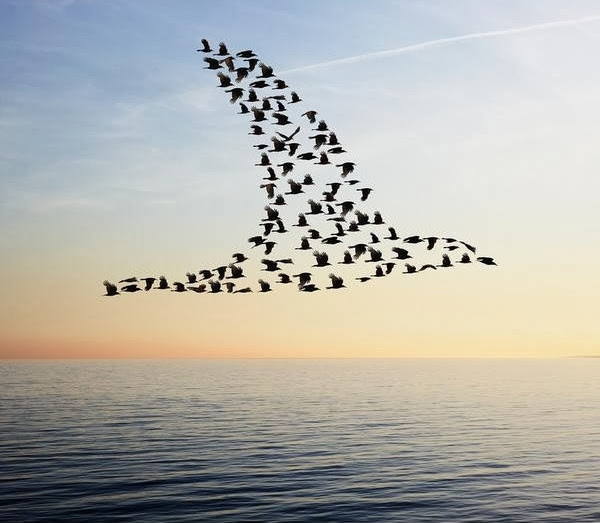

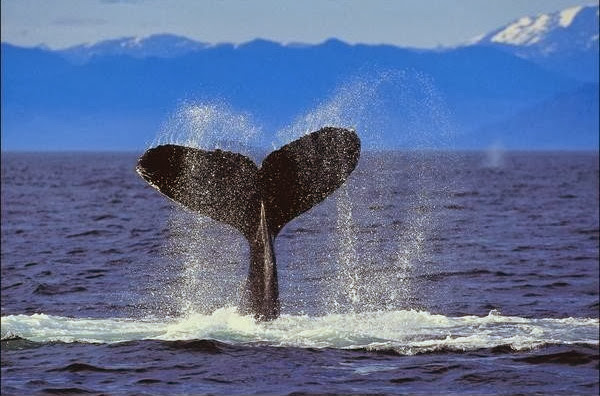

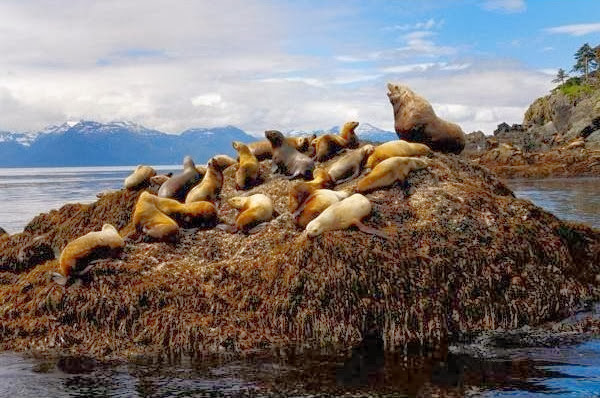
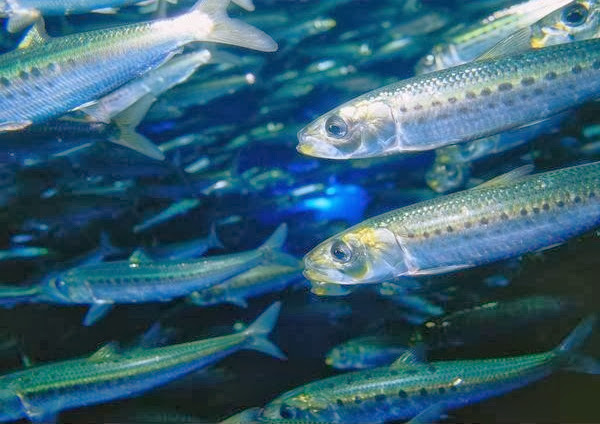

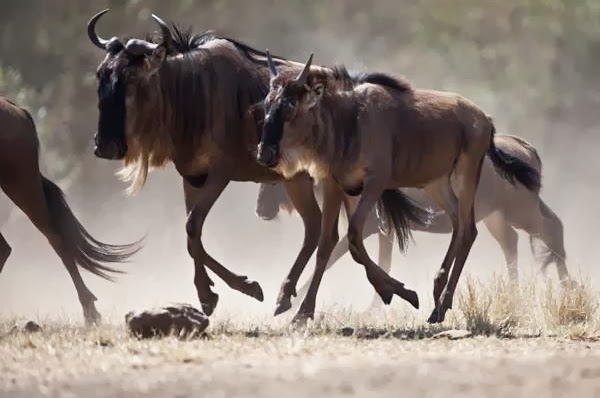
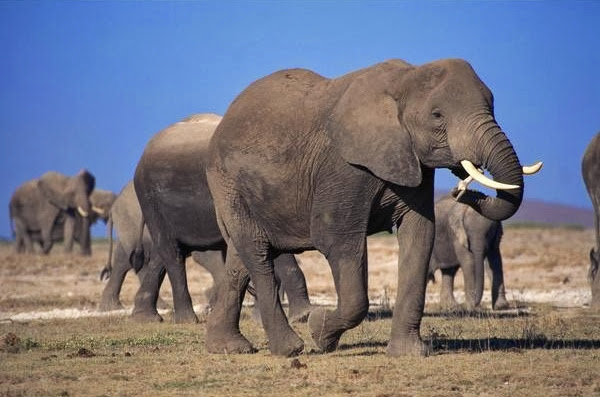










0 commentaires:
Enregistrer un commentaire